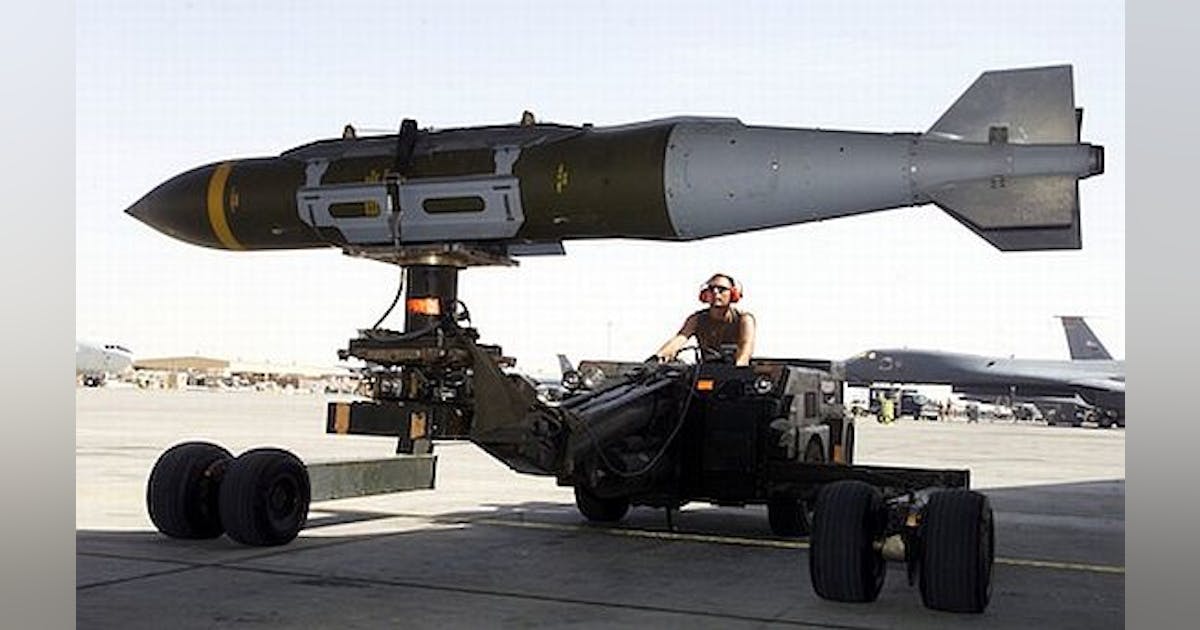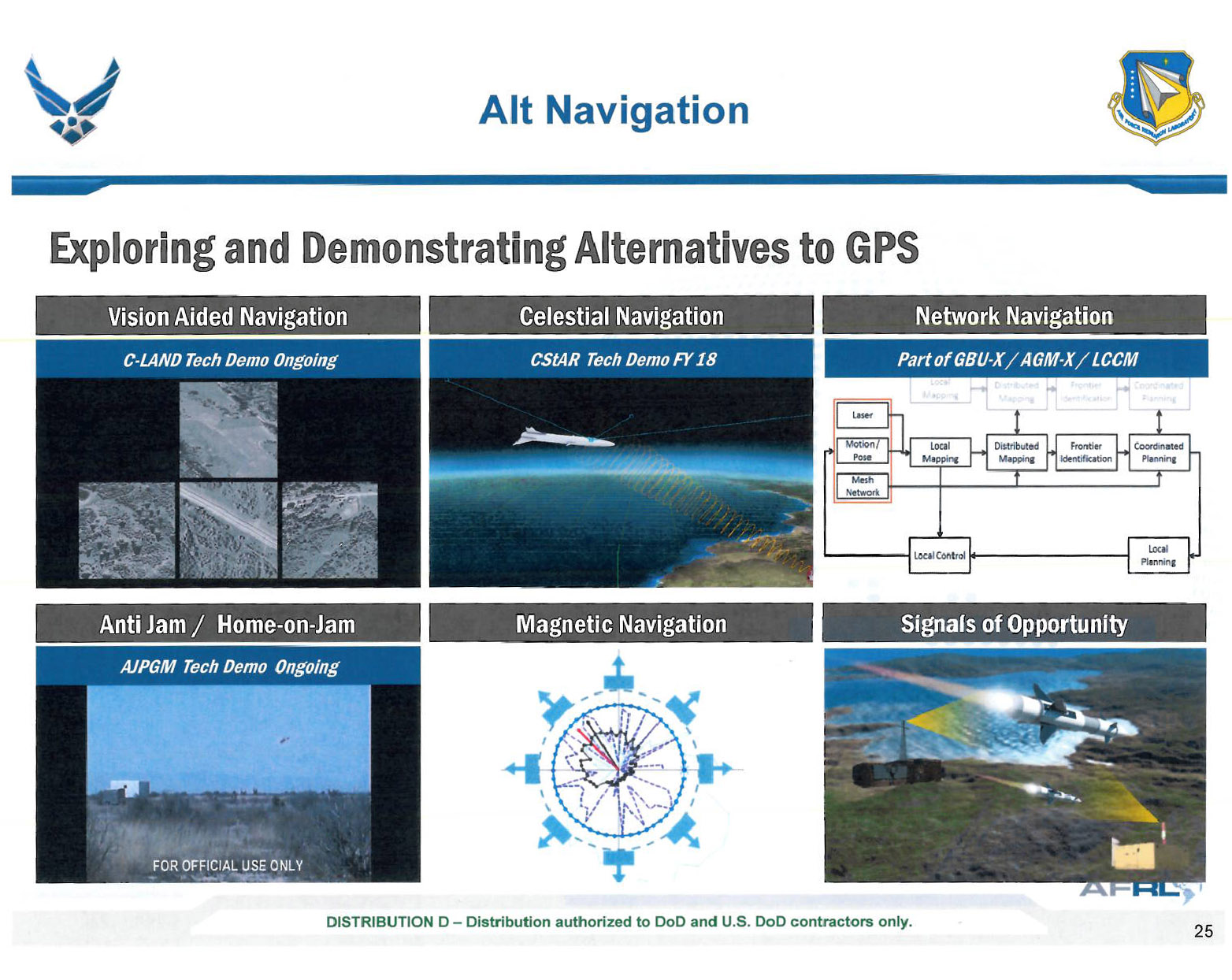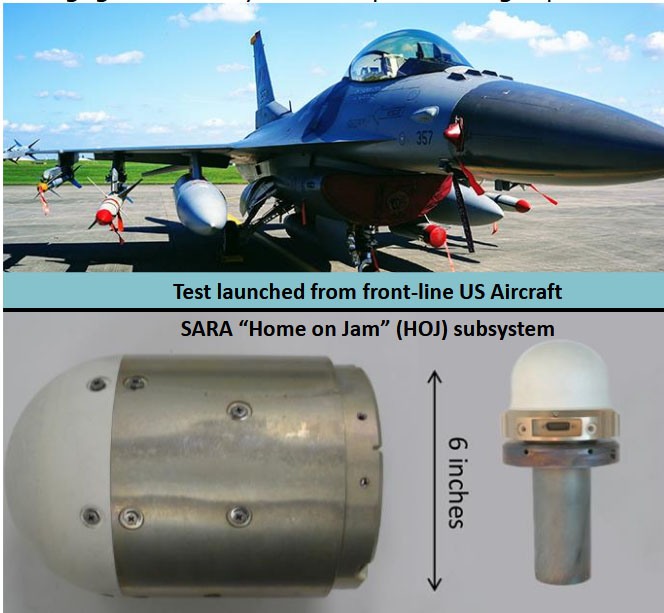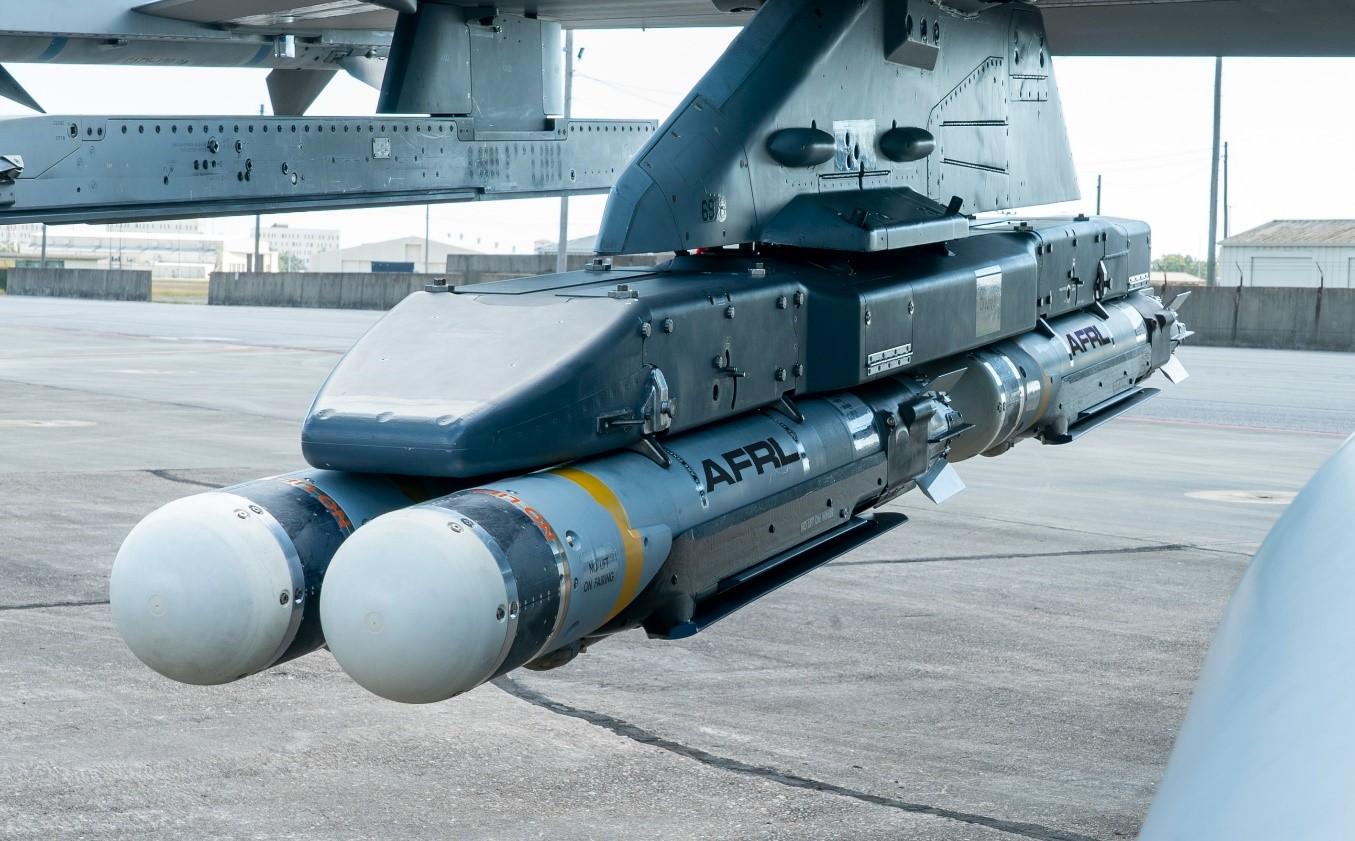- Joined
- 18 May 2019
- Messages
- 640
- Reaction score
- 1,673
2014
The U.S. Air Force is developing special versions of two smart munitions that track and attack sources of electronic warfare (EW) jamming directed to throw the weapons off from their intended targets.
Officials of the Air Force Research Laboratory at Eglin Air Force Base, Fla., announced a $9.8 million contract late Wednesday to Scientific Applications & Research Associates Inc. (SARA) in Cypress, Calif., for a Home-on-Jam demonstration of smart weapons already in the Air Force inventory.
The weapons involved in the demonstration are the GPU-31 Joint Direct Attack Munition (JDAM) and the GBU-39 Small-Diameter Bomb (SDB). SARA engineers will integrate the company's Home-on-Jam seeker into the JDAM and SDB-I smart munitions.

Air Force to enable smart weapons to track and kill sources of electronic warfare (EW) jamming
EGLIN AIR FORCE BASE, Fla., 13 Nov. 2014. The U.S. Air Force is developing special versions of two smart munitions that track and attack sources of electronic warfare (EW) jamming...www.militaryaerospace.com
2015
On the precision-guided munition side, the US Air Force Research Laboratory at Eglin Air Force Base, Florida, is studying a kind of seeker that directs bombs to detect and destroy GPS jammers, called home-on-GPS jam, or HOG-J.
Last year, the lab awarded Scientific Applications & Research Associates of Cypress, California, a $9.8 million contract to integrate the seeker into the JDAM and Small Diameter Bomb Increment I (SDB-I) weapons and demonstrate it in flight tests. The work, at White Sands Missile Range, New Mexico, is expected to be completed by late 2016.
Alan Shaffer, deputy assistant defense secretary for research and engineering, said at a 2014 congressional hearing that, "HOG-J has had some preliminary successful tests and could be ready to enter the inventory in two to three years."

Guided-Bomb Makers Anticipate GPS Jammers
The makers of precision guided munitions no longer take for granted that a simple GPS will guide these bombs and that they will always work on their own. Jammers and spoofing equipment threaten to populate future battlefields; manufacturers have taken notice and answered the threat.www.defensenews.com
2015, AJPGM Tech Demo

2018

Should an enemy strive to complicate the battlefield by stray or competitive RF energy, SARA’s HOJ subsystems can enable a host guided bomb or missile to engage it as the system or operator might prefer. HOJ is compact and 1/10th the production cost of prior-generation systems. HOJ uses solid state components and a common munition interface which provides rapid, low-cost integration.
Last edited:





